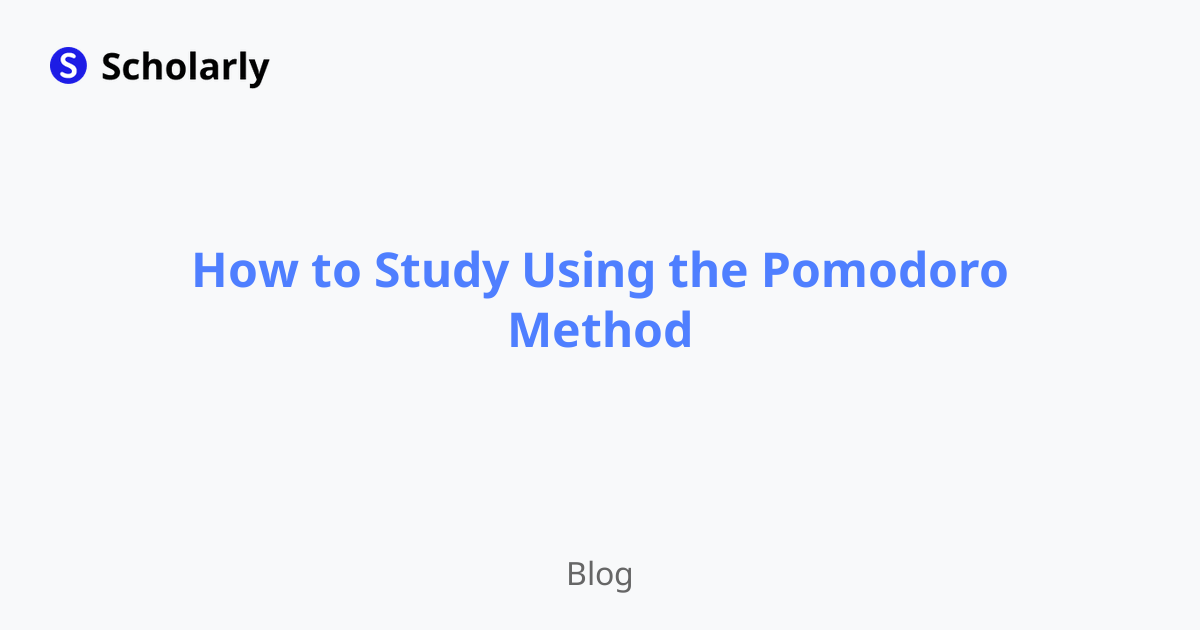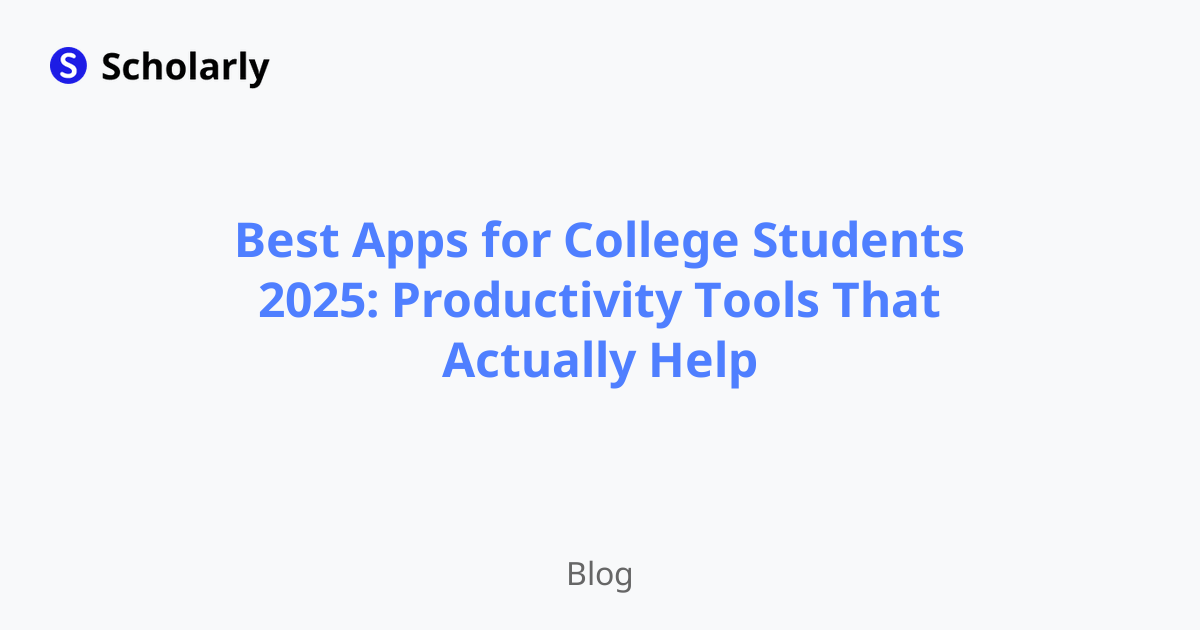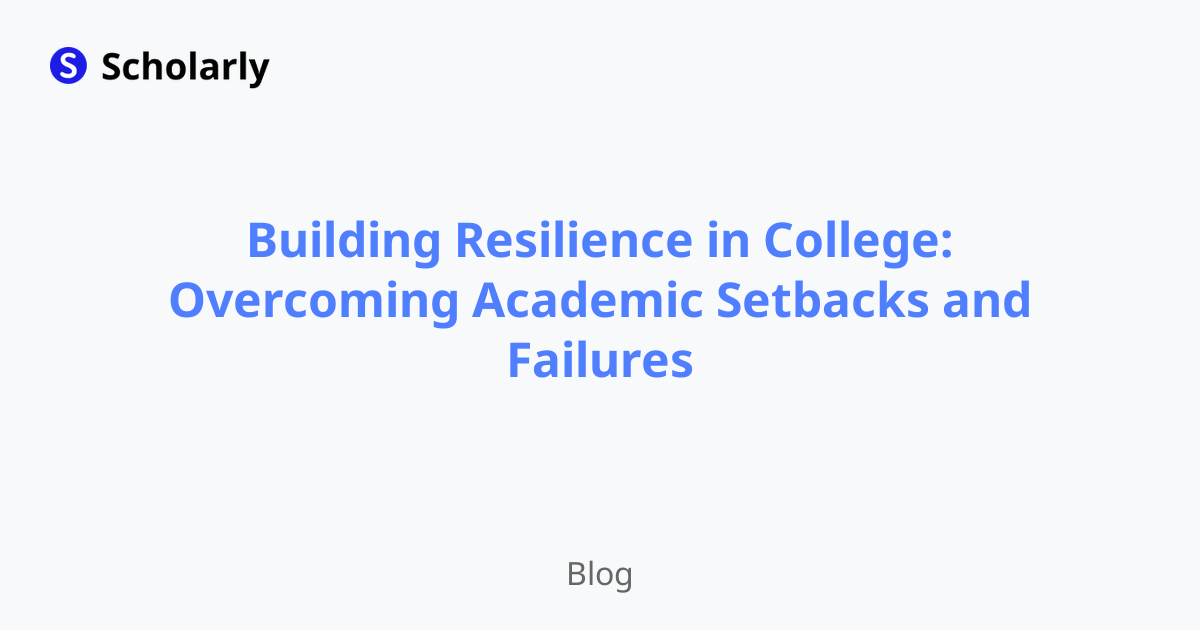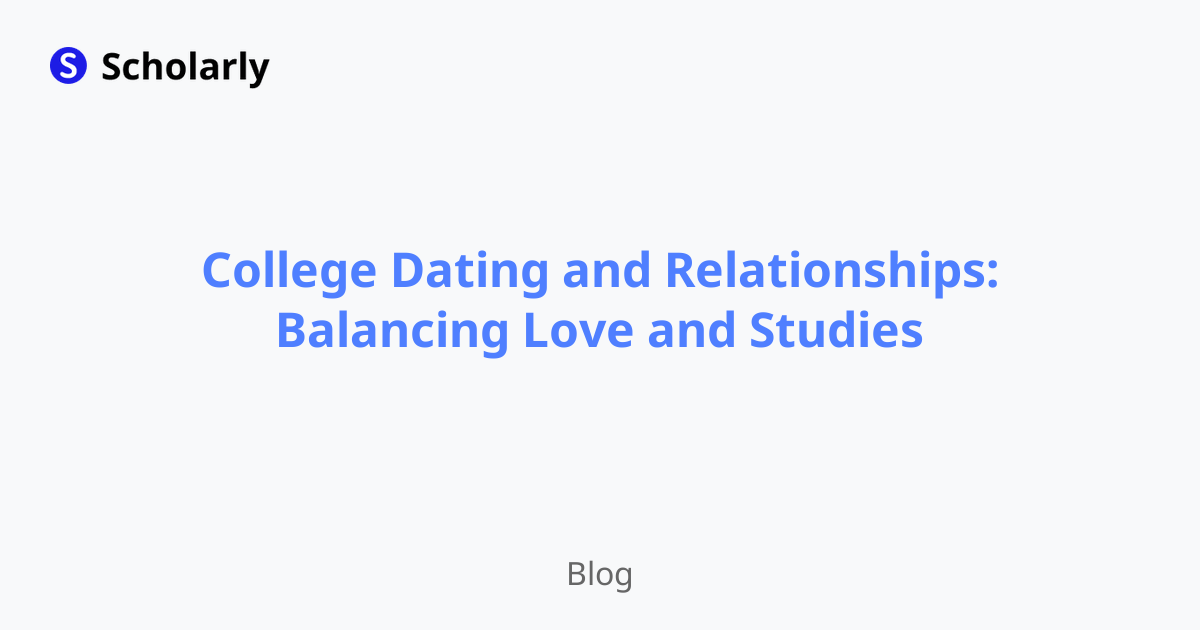How to Study Using the Pomodoro Method
Stop staring at your textbook for 4 hours straight and wondering why nothing sticks. The Pomodoro Method breaks your marathon study sessions into focused sprints that actually work - plus it makes studying way less miserable.

Let's be honest: you've been studying wrong your entire life.
You know the drill - you sit down with your textbook, tell yourself you're going to study for "a few hours," and then proceed to read the same paragraph six times while thinking about literally anything except organic chemistry. Three hours later, you've made it through two pages and retained approximately nothing.
Your brain isn't broken. You're just asking it to do something it's not designed for - sustained focus for hours on end. That's where the Pomodoro Method comes in to save your grades and your sanity.
What is the Pomodoro Method? (And Why It's Perfect for College)
Picture this: instead of trying to marathon through your calculus homework for 4 hours straight, you work in focused 25-minute sprints with 5-minute breaks in between. After 4 "pomodoros" (that's what each 25-minute session is called), you take a longer 15-30 minute break.
It sounds almost too simple, but here's why it works so well for college students:
Your brain loves deadlines. Even fake ones. When you know you only have 25 minutes, your brain stops procrastinating and gets to work.
Breaks aren't laziness - they're strategy. Your prefrontal cortex (the part that does heavy thinking) gets fatigued after sustained focus. Those 5-minute breaks let it recharge.
It makes overwhelming tasks feel manageable. "Study for my midterm" feels impossible. "Do one pomodoro of organic chem" feels doable.
Your Step-by-Step Pomodoro Game Plan
Before You Start: The 2-Minute Setup
Write down 3-5 specific tasks. Not "study biology" but "review Chapter 12 notes," "do practice problems 1-15," "create flashcards for metabolic pathways." Specific = doable.
Choose your weapon: Phone timer, Pomodoro app, even a kitchen timer. Just something that ticks loudly enough to create urgency but not so loud it drives your roommate crazy.
During Your 25-Minute Sprint
Pick ONE task and stick to it. No multitasking. No "quick" Instagram checks. No responding to texts. This is your focus bubble.
When your mind wanders (and it will), gently bring it back. Don't beat yourself up. Just redirect. Think of it like training a puppy - firm but kind redirection.
If you finish early, use the remaining time to review what you just learned or start the next related task. Don't just sit there checking the clock.
Your 5-Minute Break Rules
Get away from your study space. Even if it's just standing up and looking out the window. Physical movement helps reset your brain.
No social media. Seriously. TikTok is a black hole that will swallow your entire study session. Instagram can wait 20 more minutes.
Good break activities: Walk around, stretch, grab water, text someone back quickly, listen to one song, pet your dog/cat/hamster.
The Long Break (Every 4 Pomodoros)
This is your reward! Eat something, take a proper social media scroll, call a friend, take a shower, whatever recharges you. You've earned it.
Why College Students Swear by This Method
🧠 It Works With Your Brain, Not Against It
Your attention span isn't getting shorter - you're just trying to focus for unrealistically long periods. Research shows most people can maintain peak focus for 20-45 minutes max. The Pomodoro Method works with your natural attention rhythms.
⚡ You'll Actually Get More Done in Less Time
Jake, a computer science major, used to spend 6 hours "studying" (read: sitting at his desk procrastinating). With Pomodoros, he gets the same amount of actual work done in 3 hours. The secret? Focused work beats distracted work every single time.
📱 It Cures Phone Addiction (Temporarily)
When you know you can check your phone in 25 minutes, it's easier to resist the urge right now. It's like intermittent fasting for your attention span.
🎯 Makes Impossible Tasks Feel Possible
"Write my 20-page research paper" = panic attack. "Work on research paper for 25 minutes" = totally doable. Breaking big projects into small chunks is a psychological game-changer.
📊 You Can Actually See Your Progress
Completing pomodoros feels like winning tiny victories all day long. "I did 6 pomodoros of studying today" is way more satisfying than "I studied for a while."
Supercharge Your Pomodoros with Scholarly
Here's how to make your 25-minute study sprints even more effective:
Perfect Pomodoro #1: Active Recall Session
Upload your lecture notes to Scholarly, generate AI flashcards, and spend 25 minutes doing active recall. Way more effective than passive re-reading, and you can track which concepts you're actually learning vs. just recognizing.
Perfect Pomodoro #2: AI-Powered Note Review
Use Scholarly's AI chat feature to quiz yourself on your notes. Ask it to explain concepts you're struggling with, or have it create practice questions. It's like having a study buddy who's read everything and never gets tired.
Perfect Pomodoro #3: PDF-to-Flashcard Magic
Take that massive textbook chapter you've been avoiding, upload it to Scholarly, and let AI extract the key concepts into flashcards. Then spend your next few pomodoros reviewing them. Boom - you've just turned passive reading into active learning.
Your Next Step: Try It Today
Don't wait until Sunday night when you're panicking about Monday's exam. Pick one assignment you've been procrastinating on and commit to just ONE pomodoro. Set a timer for 25 minutes right now.
Here's what will probably happen:
- The first 5 minutes will feel hard (this is normal)
- Minutes 5-20 will feel surprisingly focused
- Minutes 20-25 will feel like you're hitting your stride
- When the timer goes off, you'll want to keep going
That's the magic of the Pomodoro Method - it tricks your brain into starting, and starting is always the hardest part.
Ready to Study Smarter?
Try Scholarly's AI-powered study tools →
Combine the Pomodoro Method with AI flashcards, smart note-taking, and active recall practice. Turn those 25-minute sprints into the most productive study sessions of your life.
Free to start. No credit card required. Your future, less-stressed self will thank you.
Try Our Popular AI Study Tools
Transform your study materials into interactive learning experiences with our most popular AI-powered tools:
PDF to Flashcards
Convert lecture notes and textbooks into study flashcards instantly
Text to Flashcards
Turn any text or notes into comprehensive flashcard sets
Image to Flashcards
Convert diagrams and handwritten notes into digital flashcards
YouTube to Flashcards
Generate flashcards from educational video content



